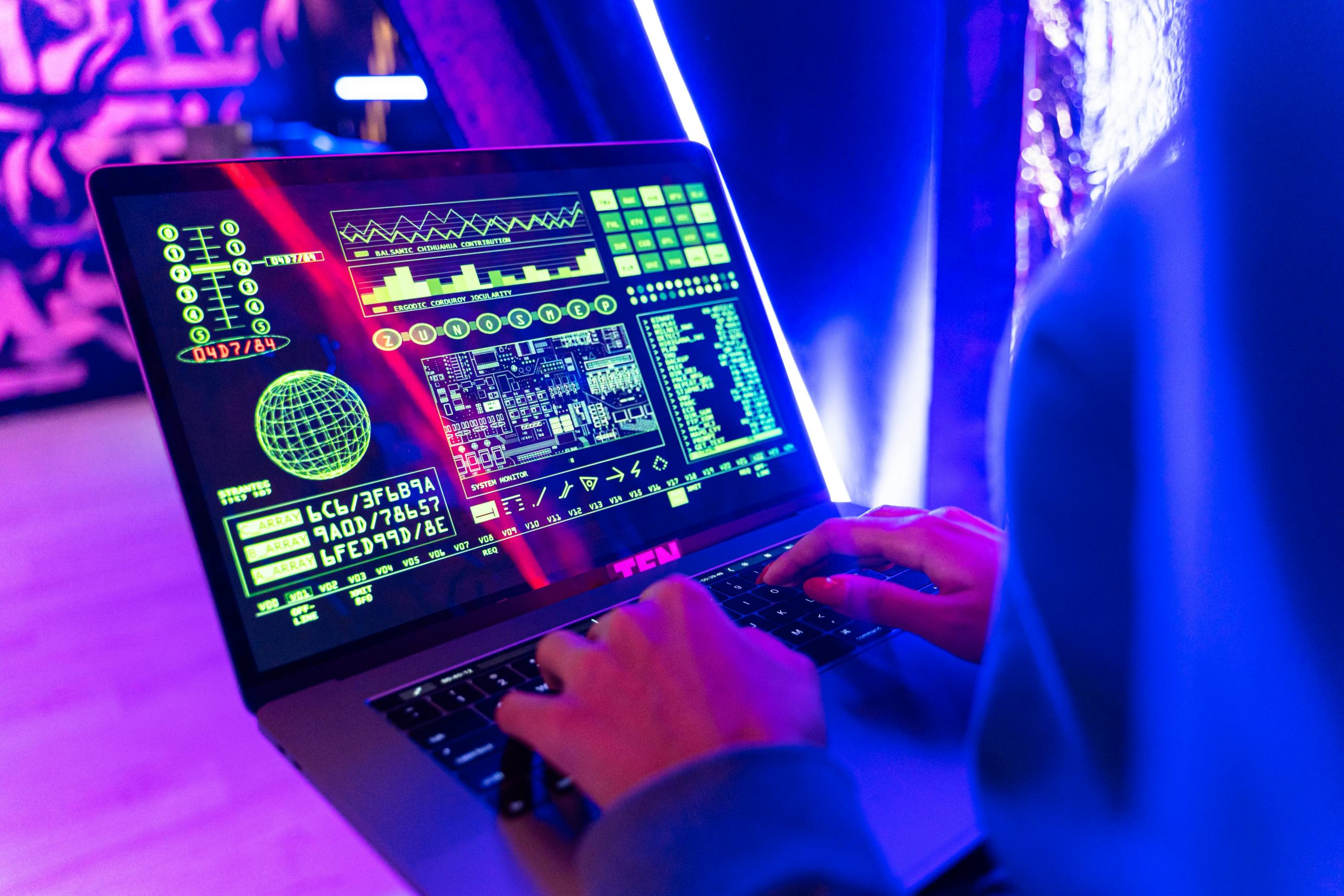This guide will have you deal with “Your pc ran into a problem and needs to restart” error, also known as the BSoD. It works for Windows 7, Windows 8.1 and Windows 10.
When faced with a certain error or fault on your computer, it is always fairly unpleasant and often startling. But one particular error beats them all and it’s the notorious “Your pc ran into a problem and needs to restart” or BSoD. There you are, minding your own business, when all of a sudden everything on your screen disappears, interrupting whatever it was you were doing, and you’re staring at a blue screen with lots of white numbers and letters. In newer versions of Windows you’ll be seeing a sad smiley face and the words “Your PC ran into a problem and needs to restart”. And then it all goes dark. Please note that these errors generally occur on their own – WIndows 10 (or for that matter Windows 8.1 and Windows 7) is not to blame. But… never say never!
This must have happened at least once to pretty much everyone, so most users out there are familiar with this issue, but not everyone knows what causes this problem and how to deal with it. Well, the truth is that the reasons for the BSOD to appear are numerous and complex, but we have designed this article to cover all the possible major causes to the best of our ability. In addition to this we have included a guide below with very easy to follow steps that will help you determine what exactly triggered the Blue Screen of Death and work from there to find a solution.
- IMPORTANT! Any computer can hiccup from time to time. If you have seen random errors from time to time, then you probably have nothing to worry about. If you start having a lot of errors (more then one per week), then you may have a reason to worry.
Main causes for “Your pc ran into a problem and needs to restart” error
- Conflicting drivers. It’s possible that certain drivers may not be compatible with one another, when for example downloading new ones. In other cases, it might happen that a specific program is actually preventing given drivers from functioning as they should, and this leads to the entire operating system being taken down. It could also be that new hardware that was introduced to your system is conflicting with some drivers and is therefore causing crashes and serious dysfunctions.
- Faulty hardware. This is one of the most common reasons for your screen to turn blue and your computer to crash. It may be a result of certain hardware not being installed properly, or perhaps if this is an external component that is being plugged in – it may be just that the slot is dusty and that is the root of all evil or it could be worse. It could also happen that the respective hardware simply wasn’t plugged in correctly or wasn’t plugged in entirely; this too could have caused the problem. Another possibility for you to be receiving this explanation for your system’s crash could be a faulty component in the new hardware. An easy way to determine whether your hardware is to blame for the BSoD is if you can directly see the correlation between the blue screen and the installation of new hardware. For example, you recently acquired a new webcam and as of then have frequently been encountering this problem. It’s easy to tie the two together and start digging there.
- Overheating. This should hardly come as a surprise, but in case you didn’t know – systematic overheating of your computer or any one of its components is bad for it. When this occurs often, your computer will crash sort of as a self-defense mechanism, to prevent reaching the temperature point of no return. If you have noticed that your computer is prone to overheat for whatever reason, we recommend downloading a temperature monitoring program (for example HWMonitor). Most are free programs, quite widespread and popular with users all over the world, and will help you monitor the temperature of your PC, while you’re working.
- Registry error. Registry errors may occur due to corrupted device drivers or corruption in the registry itself due to some recent software changes (installing or uninstalling a given program). A number of other instances of corruption could be the root of the issue, as well, like RAM corruption, system files corruption as the result of virus infections. A damaged hard disk can also be the cause of a registry error.
As you can see, the reasons and causes for Blue Screen Of Death are extremely varying and you can’t come up with just one solution that will generally fix the whole problem. Apart from shutting your system down and trying to ‘calm’ you because of it (blue has statistically been shown to have a relaxing effect on people), the BSOD is also there to inform you about what exactly is going on. Unfortunately you don’t have much time while the error is up, but you really need to write down the specific error displayed on your screen. Below are some simple instructions that will help you break down what is being shown to you and thus help you figure out what measures you need to take, in order to solve the issue.
Your pc ran into a problem and needs to restart Windows 10 – the Guide:
- First thing’s first, so in order for you to be able to extract comprehensible information for yourself via the Blue Screen, you will need a program to aid you in this. Download the free software called BlueScreenView. It is also available in several languages, so you will have the possibility of viewing it in the language of your choice.
- The way it operates is by reading the MiniDump files, which are created by the BSOD itself, before it shuts down your system. Unless your system already does this automatically, you will have to first configure it, so that it saves these MiniDump files during crashes. (Control Panel -> System and Security -> System -> Advanced System Settings -> Advanced -> Setup (under Startup and Recovery). Choose Small memory dump from the drop-down menu under Write debugging information.)
- As there is no installation process for BlueScreenView, simply run the executable (.exe) and it will automatically scan your MiniDump folder and display all the crash details in the crashes information columns. That way you will be able to tell where exactly the cause lies and you will be able to act on it accordingly.
Please note that Blue Screen View will not immediately tell you what is wrong with your machine, but it will provide you with the proper code for the error, so you can do your own searcg. The “Your pc ran into a problem and needs to restart Windows 10” error message just informs you that something went wrong. Locating the proper number of the error is essential in order to address the problem correctly. Below you’ll find the list of commonly occurring BSOD errors. Check if your own error mistake is one of them:






Leave a Reply